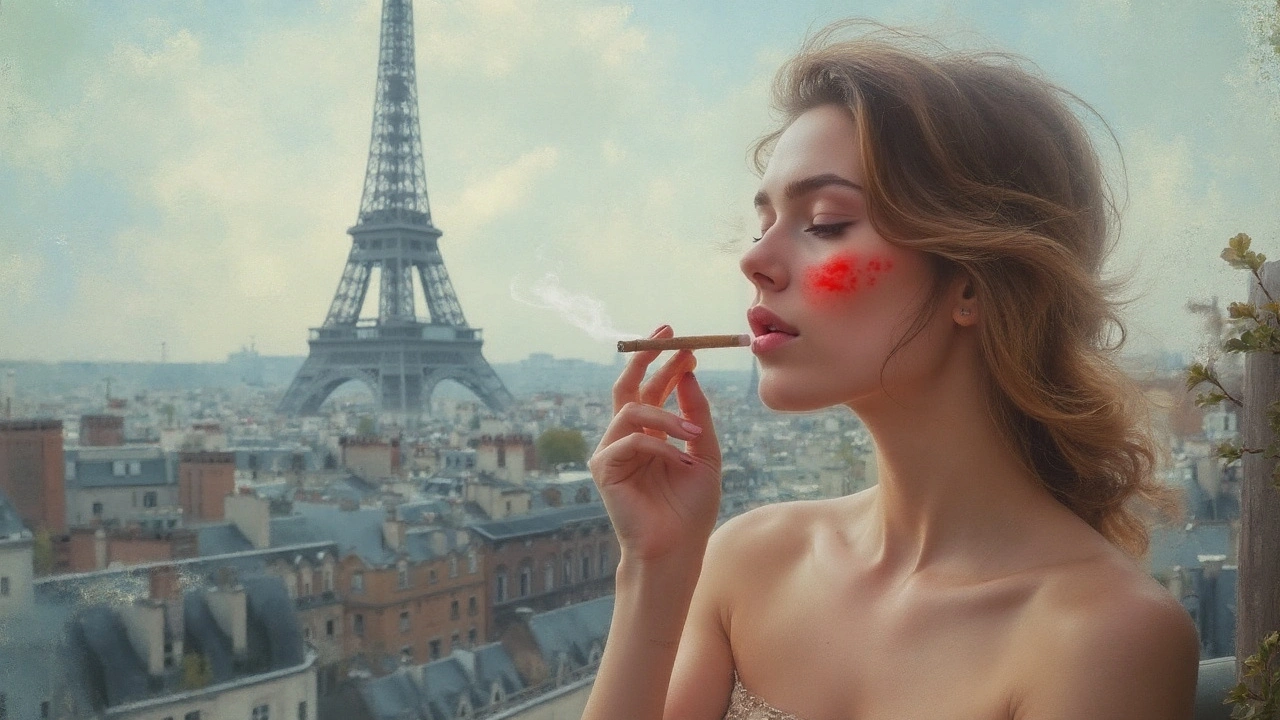Alcohol Skin Inflammation: Why It Happens and How to Calm It
Ever notice your face turning bright red after a night of drinks? That’s not just a harmless glow – it’s a sign of alcohol skin inflammation. Whether it’s a flushed nose, itchy bumps, or a sudden breakout, alcohol can mess with your skin in ways most people don’t expect.
What Causes Alcohol to Irritate Your Skin?
When you drink, your body releases a chemical called histamine. Histamine widens blood vessels, which makes skin look red and feel hot. Some folks have a genetic trait that slows down the enzyme that breaks down alcohol. The result? More histamine stays in the system, and the skin reacts stronger.
Alcohol also dehydrates you. Less water means your skin loses its natural moisture barrier, leaving it dry, sensitive, and prone to irritation. That’s why many people get that tight, flaky feeling the morning after a party.
Another hidden culprit is sugar. Many alcoholic drinks are loaded with sugary mixers. Sugar spikes insulin, which can trigger an overproduction of oil in the skin. More oil means more chances for clogged pores and acne flare‑ups.
Common Signs of Alcohol‑Related Skin Issues
Look out for these tell‑tale signs:
- Facial flushing: A bright red or pink hue that appears within minutes of drinking.
- Rosacea flare‑ups: Existing rosacea can get worse, with visible bumps and stinging.
- Acne breakouts: New pimples, especially on the chest and back, after a binge.
- Itchy rash: Small, red welts that itch or burn.
- Dry, dull skin: A lack of shine and a rough texture the next day.
If you notice any of these after drinking, your skin is sending a clear message: it's reacting to the alcohol.
One easy test is to track your skin after a low‑alcohol drink versus a higher‑proof one. If the redness scales with the amount, you know the link is real.
Practical Ways to Reduce Inflammation
Here are some no‑nonsense steps you can take right now:
- Stay hydrated: Sip water between drinks. Aim for at least one glass of water for each alcoholic beverage.
- Choose lower‑histamine drinks: Clear spirits like vodka or gin usually cause less flushing than red wine or dark whiskey.
- Skip sugary mixers: Opt for soda water, tonic, or a squeeze of fresh citrus instead of regular soda.
- Apply a gentle moisturizer: Look for products with ceramides or hyaluronic acid to rebuild the skin barrier before and after drinking.
- Eat protein and healthy fats: A solid meal slows alcohol absorption, reducing the spike in histamine.
- Consider supplements: Some men find that taking a B‑complex vitamin or an antioxidant like N‑acetylcysteine helps their skin recover faster.
If you’re serious about cutting down the flare‑ups, try a short break from alcohol. Even a weekend off can show how much your skin improves.
For chronic issues, talk to a dermatologist. They might suggest a topical treatment that calms redness, or a prescription that targets rosacea specifically.
Bottom line: alcohol skin inflammation isn’t something you have to live with. By understanding why it happens and making a few easy changes, you can keep your skin looking calm and clear, even when you enjoy a drink now and then.
